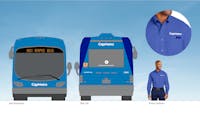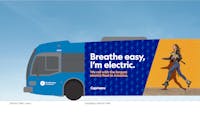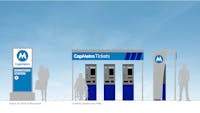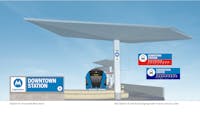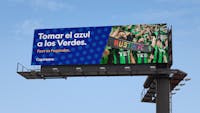In November 2020, Austin voters approved a more than $7 billion investment in their local public transportation system. Dubbed Project Connect, the multi-year expansion will address ongoing regional growth by adding three light rail lines, a downtown subway, an expanded bus system, and more park-and-rides, as well as converting the system to an all-electric fleet. Together, these changes will help address the region’s need for connectivity, accessibility, equity, and sustainability.
The executive team at the Capital Metropolitan Transportation Authority — locally known as CapMetro — asked us to update the system's legacy wordmark and visual brand standards. In response, we used local research, our team’s experience with public transit and complex wayfinding systems, and the extensive industry and audience knowledge of Sherry Matthews Group (CapMetro’s longtime agency of record) to create a new identity that positions CapMetro as a solidly reliable transit system critical to Austin’s growth and quality of life.
Renderings courtesy of CapMetro and the Austin Transit Partnership.




